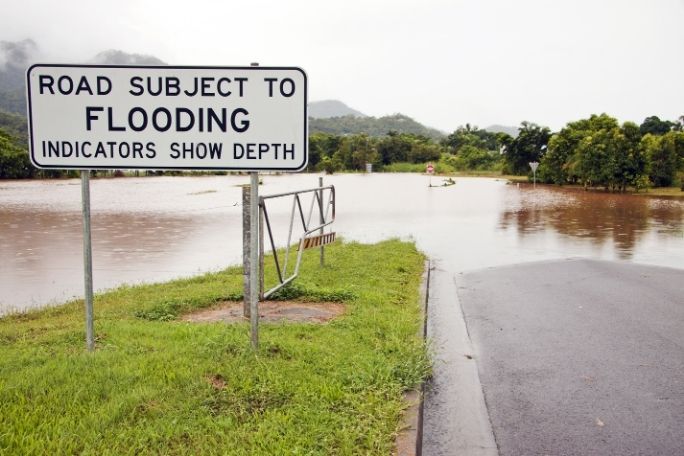Lesson summary
In this lesson, students will discuss and analyse the causes of hydrological and geomorphic hazards. Students will watch videos, and read about how young people were affected by hazards to create a warning report.
Learning intentions:
Students will...
- investigate the cause of a hazard
- explore some of the different types of natural hazards in Australia.
Success criteria:
Students can...
- categorise and explain the difference between an atmospheric, hydrological or geomorphic hazard
- explain what causes natural hazards to occur.
Lesson guides and printables
Lesson details
Curriculum mapping
Australian Curriculum content descriptions:
Syllabus outcomes: GE4-2.
General capabilities: Literacy.
Cross-curriculum priority: Sustainability.
Relevant parts of Year 7 and 8 Geography achievement standards:
This unit examines the processes that shape landforms, the values and meanings placed on landforms and landscapes by diverse cultures, hazards associated with landscapes, and management of landscapes. ‘Landforms and landscapes’ develops students’ understanding of the concept of environment and enables them to explore the significance of landscapes to people. These distinctive aspects of landforms and landscapes are investigated using studies drawn from Australia
This lesson is part of the wider unit of work: Resilient Australia: Building Resilience To Natural Disasters.
Time required: 65 minutes.
Level of teacher scaffolding: High – the lesson requires teachers to facilitate small group work and classroom discussions.
Resources required
- A device capable of presenting a video
- Student Worksheets – one copy per student
- Video or voice recording device
Skills
This lesson is designed to build students’ competencies in the following skills:
- Critical thinking
- Cultural understanding
- Empathy
Additional info
We encourage you to undertake the free PD Course How to teach a unit on fire and flood resilience for tips on how to best deliver this lesson.
If you’re concerned about the challenging nature of these topics, consider the free PD Course How to approach trauma in the classroom for information on how best to support your students.
This lesson was made in partnership with
Minderoo Foundation (www.minderoo.org).













Welcome back!
Don't have an account yet?
Log in with:
Create your free Cool.org account.
Many of our resources are free, with an option to upgrade to Cool+ for premium content.
Already have an account?
Sign up with:
By signing up to Cool.org you consent and agree to Cool's privacy policy to
store, manage and process your personal information. To read more, please see
our privacy policy here(Opens in new tab).